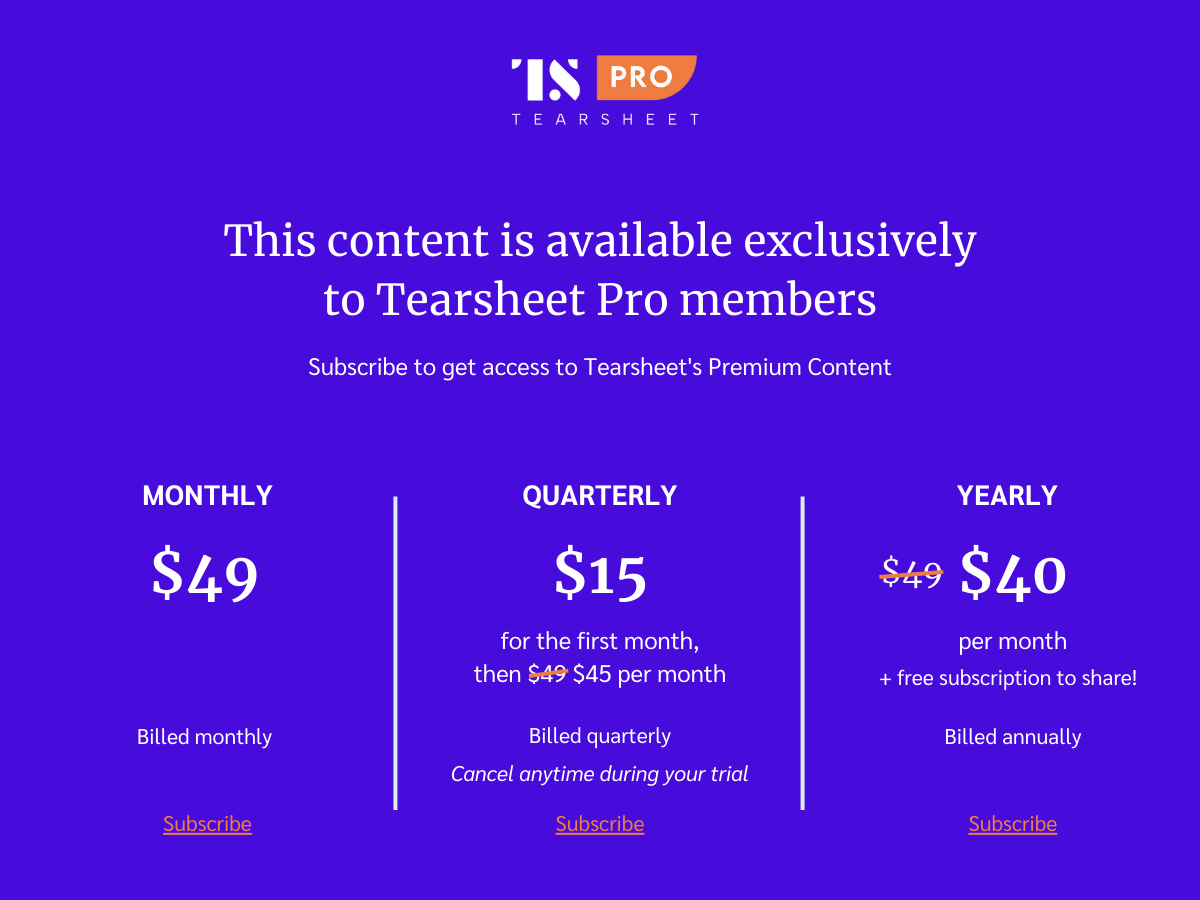New banks, Partner
Creating a winning neobank strategy through differentiation
- There is a notable opportunity for neobanks to fill gaps that currently exist in traditional financial services, especially since they are free of the restraints of dated technology.
- However, to be effective, they must identify a primary differentiator or central mission and then build the user experience around that north star.








